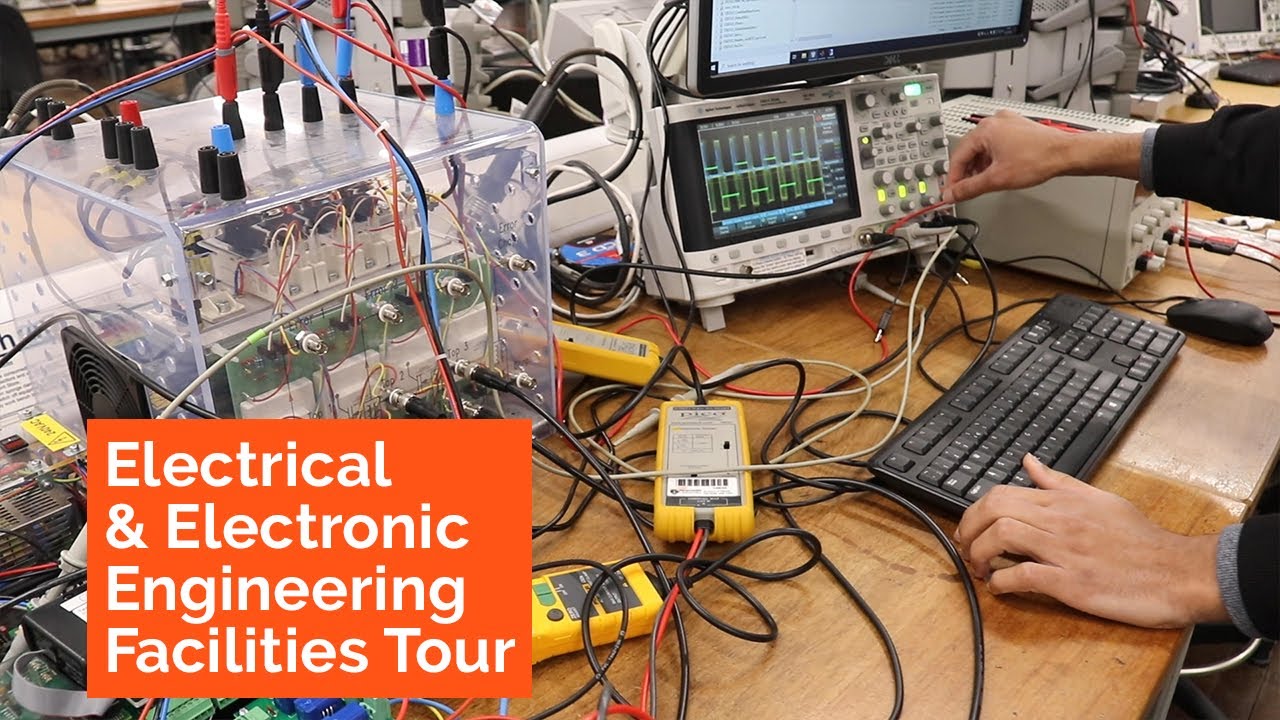In today's digital age, we are surrounded by an array of electronic devices that have become an integral part of our lives. From smartphones and laptops to smartwatches and tablets, these devices have revolutionized the way we communicate, work, and entertain ourselves. But have you ever wondered how these digital devices actually work? In this blog post, we will delve into the intricate mechanisms behind these devices and explore the fascinating world of digital technology.
- The Foundation: Integrated Circuits and Microprocessors
At the heart of every digital device lies the integrated circuit (IC) or microchip. These tiny electronic components are made up of millions, or even billions, of transistors, which act as switches to control the flow of electrical current. The microprocessor, a type of IC, serves as the brain of the device, executing instructions and performing calculations at lightning speed. - Data Storage: Memory and Storage Devices
Digital devices rely on various types of memory and storage devices to store and retrieve data. Random Access Memory (RAM) provides temporary storage for data that the device is actively using, while Read-Only Memory (ROM) contains permanent instructions and data that cannot be modified. Additionally, solid-state drives (SSDs) and hard disk drives (HDDs) are used for long-term storage of files, applications, and operating systems. - Input and Output: Sensors, Displays, and Interfaces
Digital devices interact with users through a variety of input and output mechanisms. Sensors, such as touchscreens, accelerometers, and gyroscopes, enable users to provide input by detecting touch, motion, and orientation. Displays, ranging from LCDs to OLEDs, present visual information in vibrant colors and sharp resolutions. Interfaces, such as USB ports, HDMI, and Bluetooth, facilitate communication and data transfer between devices. - Powering the Device: Batteries and Charging Systems
To keep digital devices running, they require a reliable power source. Most portable devices, like smartphones and tablets, are powered by rechargeable lithium-ion batteries. These batteries store electrical energy and provide it to the device when needed. Charging systems, including wired and wireless options, replenish the battery's energy by converting electrical power from an outlet or another device. - Software and Operating Systems
Digital devices rely on software and operating systems to function effectively. Operating systems, such as iOS, Android, and Windows, manage hardware resources, provide a user interface, and enable the execution of applications. Software applications, developed for specific purposes, allow users to perform tasks, access information, and enjoy various forms of entertainment.
Conclusion:
Digital devices have become an indispensable part of our daily lives, and understanding how they work can enhance our appreciation for the technology that surrounds us. From the intricate integrated circuits to the user-friendly interfaces, every component plays a crucial role in delivering the seamless experience we enjoy. So, the next time you pick up your smartphone or use your laptop, take a moment to marvel at the intricate mechanisms that make it all possible.

